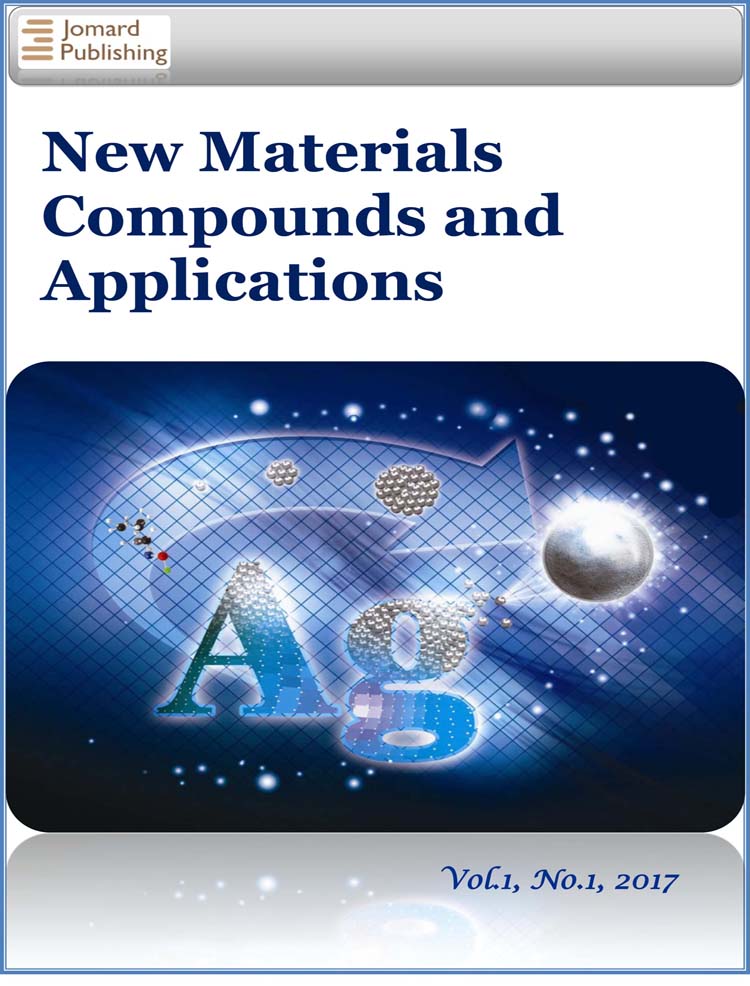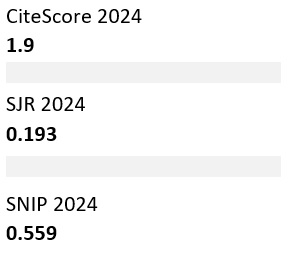Synthesis, Characterization, In Silico Screening for Molecular Docking and Computational Exploration of Some Novel Metal Complexes Derived from Ampicillin - Isatine Schiff Bases
- Published: 09-04-2025
Share
The ampicillin - Isatine Schiff base ligand was prepared from the Isatine and ampicillin which is an antibiotic belonging to the aminopenicillin class of the penicillin family. The drug is used to prevent and treat several bacterial infections and its novel Ni, Co, Mn, Zn and Cu complexes have been synthesized. The characterization of these new complexes has been made by physical properties in addition to microanalysis and FT-IR spectroscopic technique of FT-IR and the electronic spectra, molar conductivity of complexes which indicated the validity of two doner atoms and therefore that this coordination occurred via a bidentate ligand with the two chloride atoms which was proved by the non-electrolyte complexes and the ligand donor atoms were the oxygen atom of the exocyclic carbonyl of cyclic (β-lactam ring) and the acyclic amide oxygen atom of the ampicillin, the magnetic susceptibility pointed and proved that the bivalent Mn and Co complexes (IIb-c) showed high spin octahedral geometry, while the bivalent Ni complex (IIa) shows low spin distorted octahedral geometry, but bivalent Cu complex (IId) and Zn complex (IIe) show low magnetic moment indicate low spin distorted octahedral geometry. The docking study revealed that the newly synthesized nickel complex (IIa) demonstrates significant potential in inhibiting the enzymes KacT, CinB and Tryptophanase. The strong interactions observed between the compound and the target enzymes suggest its viability as a promising therapeutic candidate.
- View 988
- Downloads 271
- Saveds 0
- Citations (Crossref) 0



